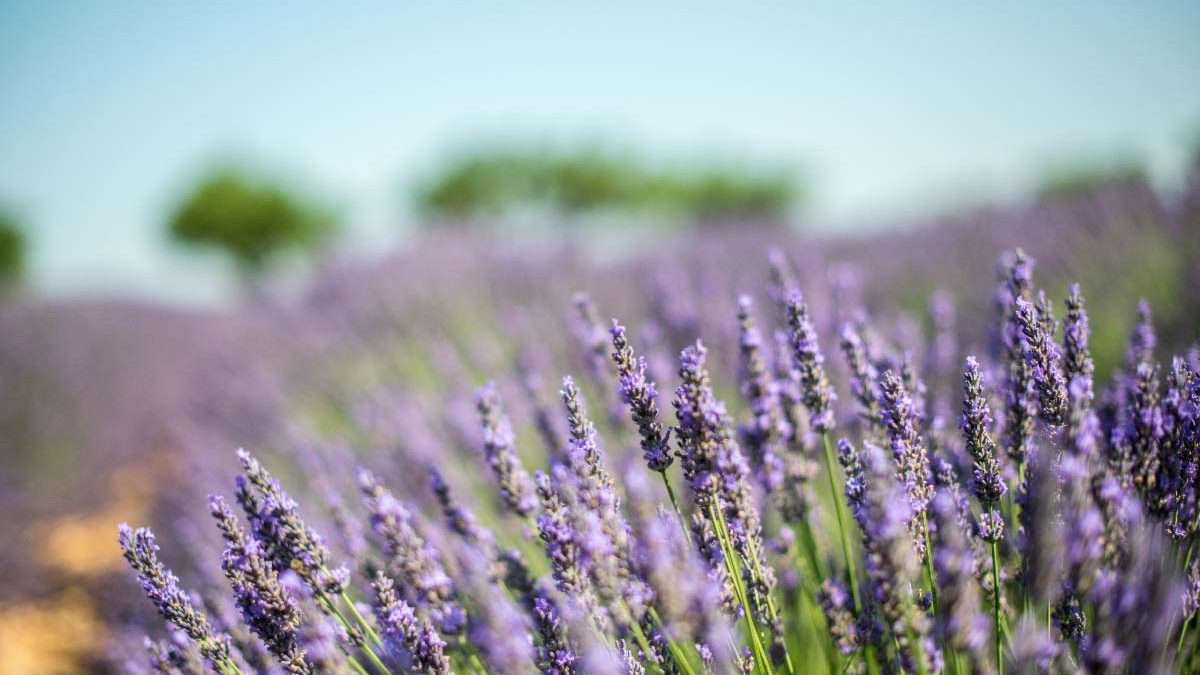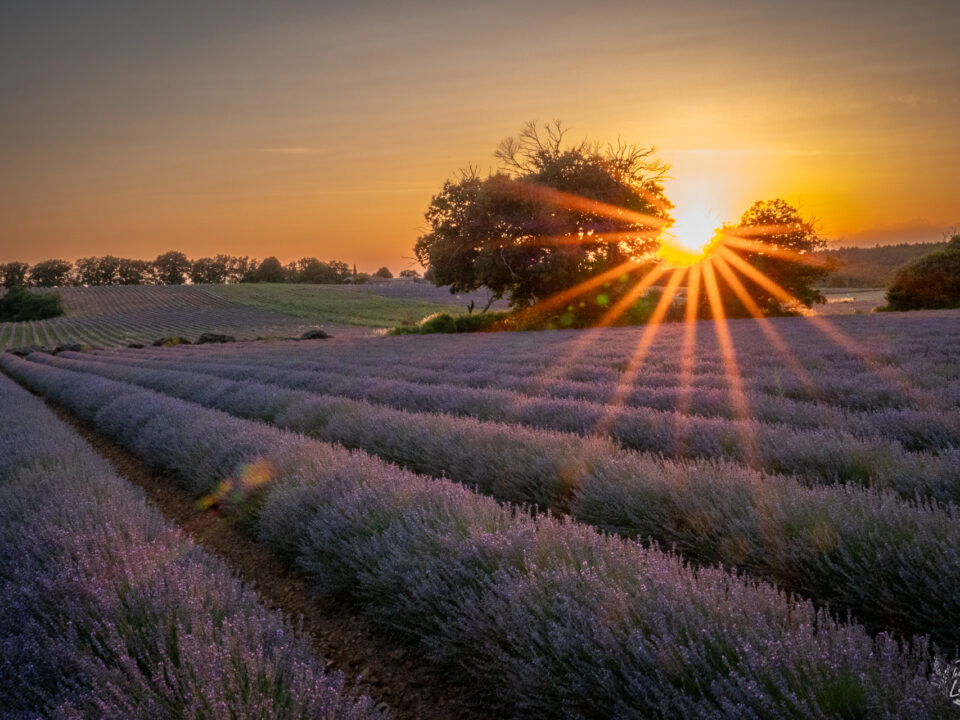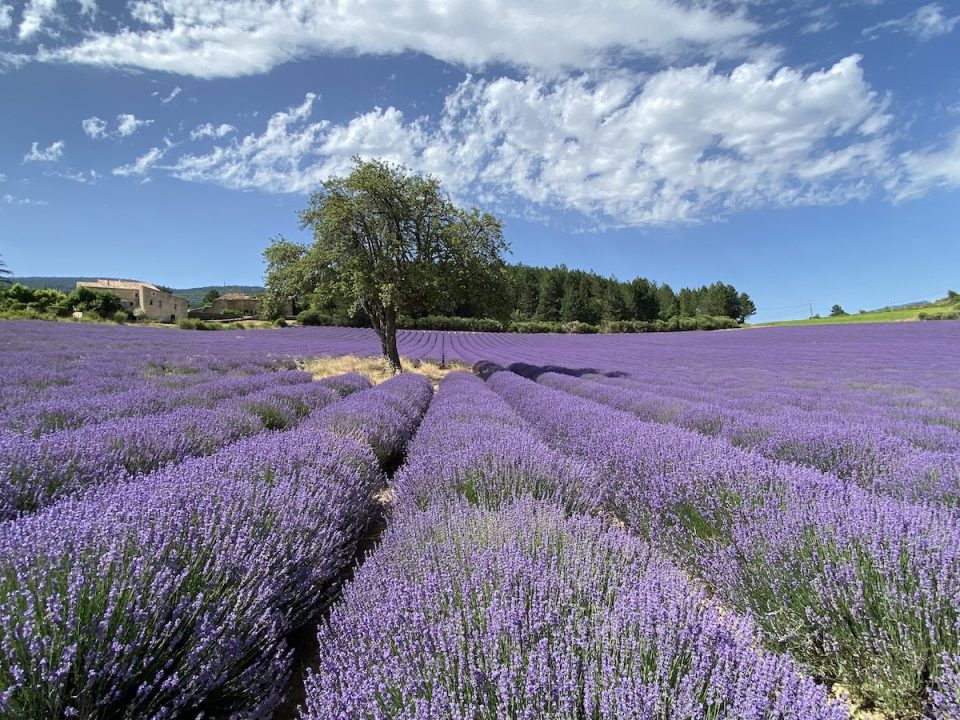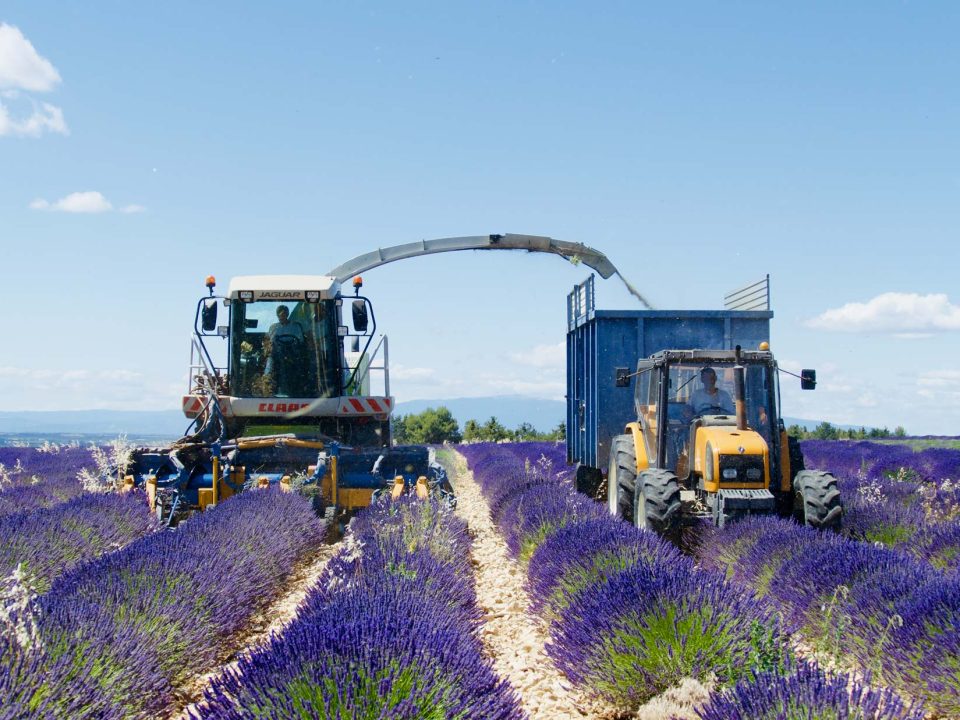
Draw me… a lavender field!
7 May 2020
A change of culture(s)?
22 June 2020[:en]
Extract from the book “Les Routes de la Lavande” – Philippe Lemonnier – Ouest France

Lavender is a plant of the family Labiatae (or Lamiaceae: of lips), like thyme or mint. It is said to be imported from the Middle East, olim. Its name comes from the Italian word lavanda (“which is used for washing”), which in turn comes from the Latin word lavare (“to wash”), from the first use that was made of it in the past. Its aroma, although difficult to define, is recognizable among all and by everyone. As for its color, indeterminable, it goes from the slightly bluish white to the violet of the most sustained, playing of all the palette of the “blues”, according to varieties and seasons.
Synonymous with “well-being”, lavender is above all the emblem of a region, Provence. It is mainly for this unique and incomparable color that it gives to the landscapes, going so far as to reshape them, that thousands of tourists, from all over the world, choose each year to visit the south-east of France; its production being concentrated on four departments, essentially in Provence: Drôme, Vaucluse, Hautes-Alpes and Alpes-de-Haute-Provence.
A lavender, lavenders
Botanists have identified about forty varieties of lavender that grows spontaneously from Cape Verde to India, and particularly around the Mediterranean.

In France, mainly in Provence, two varieties emerge from the lot: lavanda angustifolia (known as “true lavender”, “fine lavender”, “population lavender”, “Alpine lavender” or “female lavender”), with soothing virtues, which is harvested between 600 and 1400 meters of altitude; and lavanda latifolia (known as “aspic lavender” or “male lavender”) which grows up to 800 meters of altitude. It is said that lavender has impressive properties and has “balancing” virtues

From the natural crossing of these two species a (sterile) hybrid is born: lavandula intermedia (“lavandin”), with tonic virtue; this “third lavender” is today, by far, the most cultivated, in particular for its yield in essence (essential oil) largely superior to that of the lavender. However, the properties and virtues of lavandin essential oil cannot be compared to those of lavender essential oil.
Adept of calcareous soils, not reluctant to blossom on poor soils, lavender easily supports temperature variations and drought, even seeking the latter.
[:]
![[:fr]Logo-Routes-de-la-Lavande[:]](http://routes-lavande.com/wp-content/uploads/2022/02/Logo-Routes-de-la-Lavande.png)



